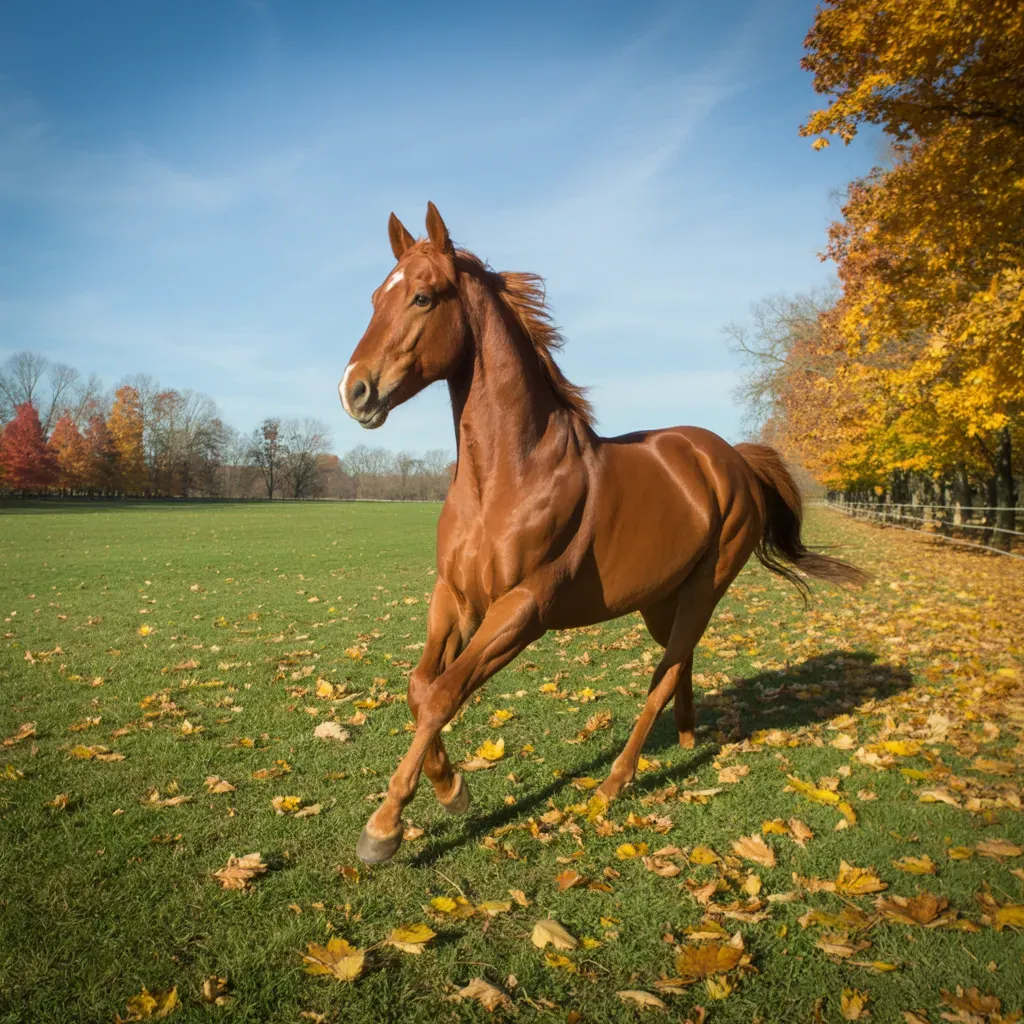Extra autumn/winter protein for our poor-doers
Despite this rather miserable summer we’ve had with some serious fresh grass growth, personally I'm always happy at this time of year to see the rested pastures now bearing long, seeded, standing-hay grasses, full of fabulous fibre in those long stems.
This long, standing-hay grass has now pushed all its nutrients into the seed, ready to reproduce, which means the plant itself has now lost a fair amount of its nutritional value. Great news for our metabolic horses, hence why I'm always happy to see it, but it's not so great for our poor-doers, i.e. our TB, Carmen – just as she gets some decent weight on her from the summer forage, the last thing I want to happen now is for her to drop it as we head into autumn.
So, for those of us with poor-doers, now may be the time to think about increasing the protein content for them while they can still hold their weight. This year I'm going to switch Carmen's feedbowl forage carrier to Agrobs’ Myo Protein Flakes, a fibre-based forage component feed for horses needing higher protein requirements. To quote them, “a combo of protein-rich meadow grasses and herbs, providing easy-to-digest proteins to help loss of muscle tone due to illness or age.”
Here’s the full spec from Agrobs’ webpage - https://www.agrobs.de/en/myo-protein-flakes-p3379/, and you can buy them direct from EquiSupermarket - https://www.equisupermarket.co.uk/p/agrobs-myo-protein-flakes-20kg
Alternatively, the protein pattern from legumes, i.e. alfalfa or sainfoin, includes a higher proportion of the essential amino acids lysine, methionine and threonine. But – with the feed cautions relating to alfalfa, sainfoin is a better alternative.
I didn't know this but apparently sainfoin was once a traditional forage for horses, only replaced by alfalfa 50 years or so ago since the introduction of intensive farming practices. It has the advantage over alfalfa in that its tannins are much kinder to the equine gut - apparently they help stabilise the intestinal environment so making nutrient absorption more effective. Plus, because of its high protein content, it’s beneficial for our typical poor-doers as we head towards the end of the grass grazing season, i.e. TBs and the senior horse, plus where there's loss of muscle tone or dental issues. It’s also a useful forage for growing youngstock, competition horses, and pregnant/lactating mares.
The higher protein content in sainfoin balances out the deficiencies in standing-hay and the tannins also make it easier to switch from grass back to hay for autumn/winter, so our poor-doer horses can continue to obtain optimal nutrients throughout.
It’s also very palatable - I tried my lot on it earlier this year when we went away for a long weekend, to make life easier for the daughter who was house-sitting for us, and they loved it! Which makes it ideally suited to mix into feedbowls as a therapeutic feedbowl forage carrier.
Simple Systems sell sainfoin in pellet form; TopTip – this is a very popular product and sells out quickly; they also sell it in 1kg ‘Brix’ blocks.
So here's to the slow handover from a rubbish summer into autumn; now to try and devise a way to stop the others mugging Carms for her higher protein feedbowl 🙄
Originally posted September 2021










